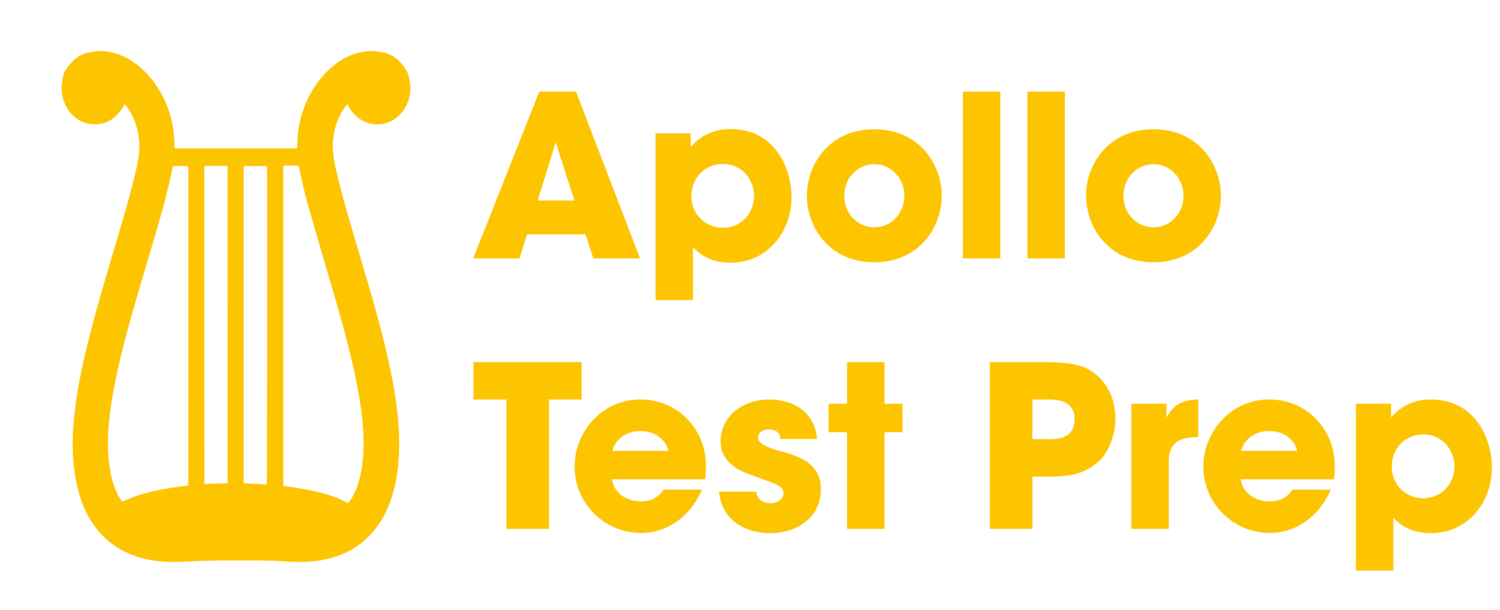LSAT Explanation PT 36, S1, Q13: When astronomers observed the comet Schwassman-Wachmann
LSAT Question Stem
Which one of the following, if true, most helps to resolve the apparent conflict in the statements above?
Logical Reasoning Question Type
This is a Paradox question.
Correct Answer
The correct answer to this question is C.
LSAT Question Complete Explanation
Let's first analyze the passage and summarize the information provided. In September 1995, astronomers observed the comet Schwassman-Wachmann 3 becoming 1,000 times brighter. They correctly hypothesized that this increased brightness was due to the comet breaking up because when comets break up, they emit large amounts of gas and dust, which makes them visibly brighter. However, they did not observe the comet actually breaking into pieces until November 1995, even though they were monitoring it the entire time.
This LSAT problem is a Paradox question type. We are asked to resolve the apparent conflict between the increased brightness in September and the actual observation of the comet breaking up in November.
Now, let's go through each answer choice:
a) Comets often do not emit gas and dust until several weeks after they have begun to break up.
This answer choice actually contradicts the information in the passage, as it suggests that the comet should have been observed breaking up before it became brighter. This does not help resolve the discrepancy.
b) The reason comets become brighter when they break up is that the gas and dust that they emit refract light.
This answer choice provides an explanation for why comets become brighter when they break up, but it does not address the time lapse between the increased brightness in September and the observation of the comet breaking up in November.
c) Gas and dust can be released by cracks in a comet even if the comet is not broken all the way through.
This answer choice resolves the discrepancy by suggesting that the increased brightness in September could have been caused by the release of gas and dust through cracks in the comet before it actually broke into pieces. This would explain why the comet appeared to be breaking up in September but was not observed breaking into pieces until November. Hence, this is the correct answer.
d) The amount of gas and dust emitted steadily increased during the period from September through November.
This answer choice does not explain the time lapse between the increased brightness in September and the observation of the comet breaking up in November. It simply provides information about the increasing amount of gas and dust emitted during this period, which is not relevant to resolving the discrepancy.
e) The comet passed close to the sun during this period and the gravitational strain caused it to break up.
This answer choice provides a reason for why the comet broke up, but it does not address the discrepancy between the increased brightness in September and the observation of the comet breaking up in November.
In conclusion, the correct answer is C, as it resolves the discrepancy by suggesting that the increased brightness in September could have been caused by the release of gas and dust through cracks in the comet before it actually broke into pieces.
